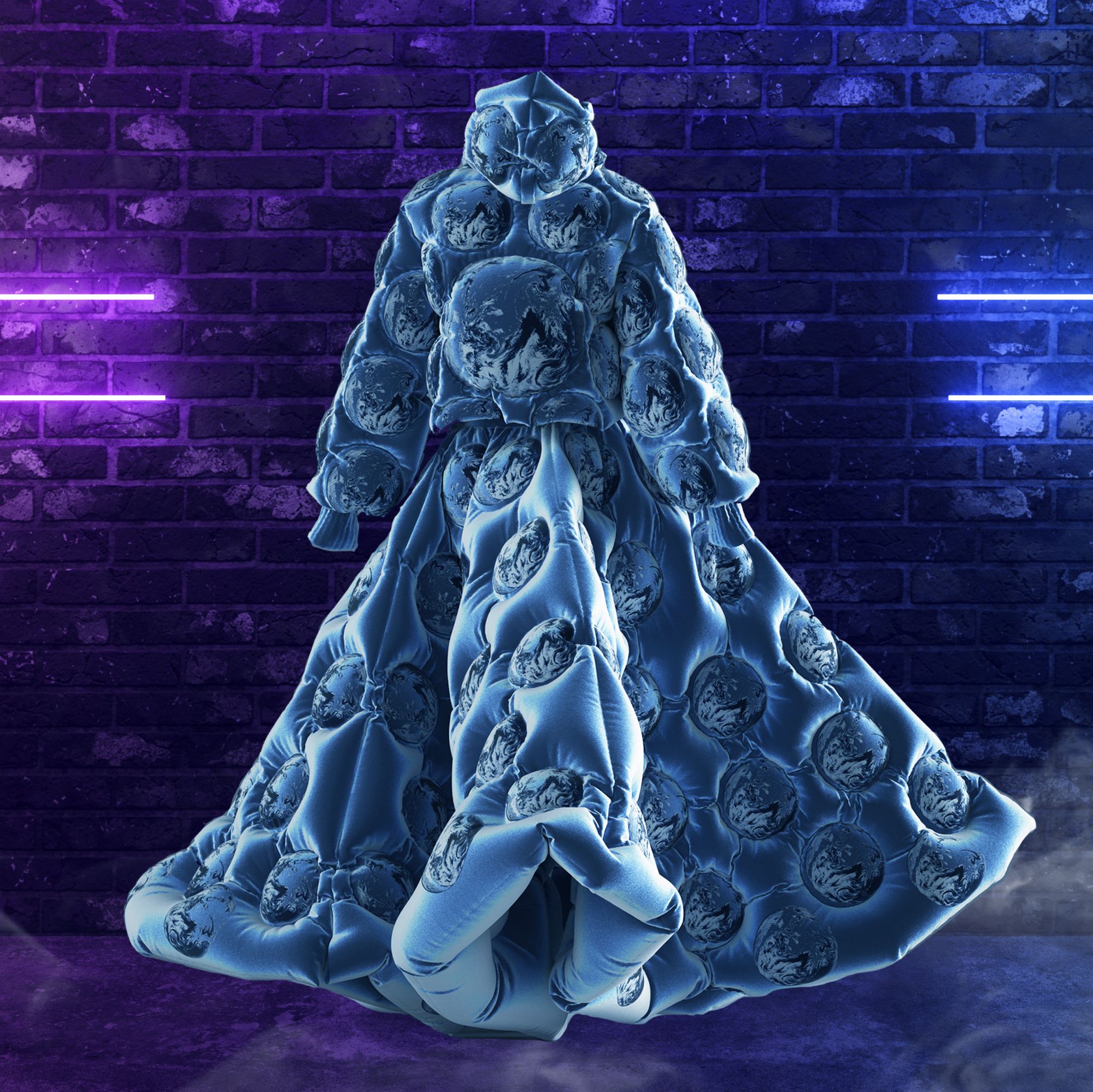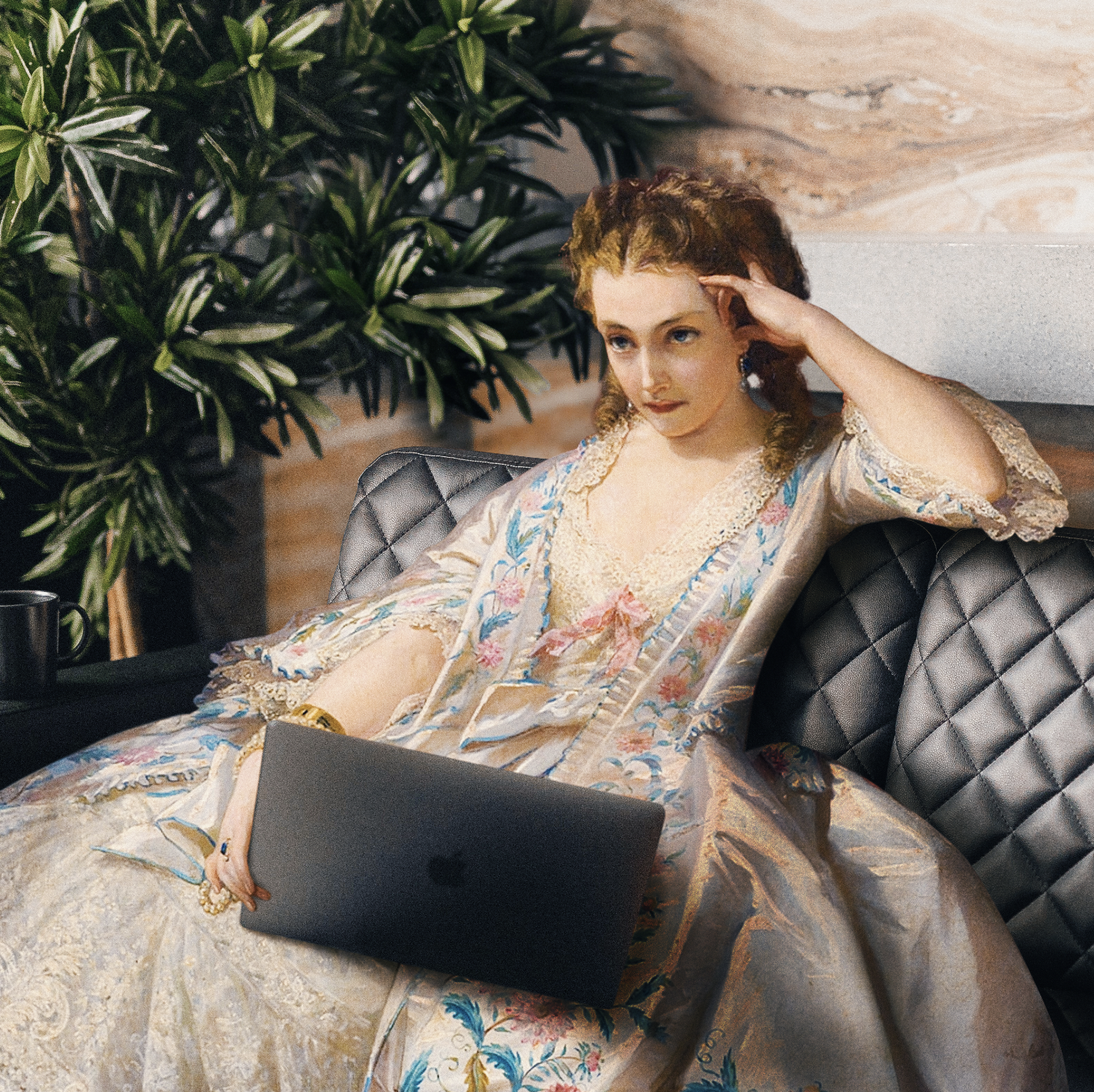Three NFT experts answer all our burning questions about this digital phenomenon that’s taken the art world by storm
In 2018, Willem de Kooning’s Woman as Landscape (1954-55) sold for US$69 million on auction—it doesn’t come close to his US$300 million Interchange (1955), but it’s the price you would expect to pay for a masterpiece by an old master. So imagine the art world’s surprise when digital artist Beeple sold an NFT (non-fungible token) at Christie’s for a staggering US$69 million in March. This was quickly followed by the sale of Twitter founder Jack Dorsey’s first tweet for US$2.9 million, triggering a surge of interest in the digital asset.
But what exactly are NFTs, and are they here to stay? Three Singapore-based experts, who operate within the NFT art space, share the very basics as well as the long-term effects of these digital assets.
Khai Hori, the curatorial director and partner of Chan + Hori Contemporary, shares its impact on artists, gallerists and collectors; Hafiiz Karim, aka The Next Most Famous Artist, expounds on his journey as a digital artist; and Zach Burks, the founder and CEO of NFT marketplace Mintable, breaks the process of acquisition down for those who are interested in making their next investment.
See also: The First-Ever NFT House Has Just Sold For Over US$500K––And It’s Out Of This World

What are NFTs?
To put it simply, NFTs are unique digital collectibles you can buy and sell. They can take the form of anything from GIFs to designer sneakers, and cannot be replaced or swapped—almost like a one-of-a-kind trading card, hence the term “non-fungible”. These digital assets run on the Ethereum blockchain, meaning they each have a unique string of code stored on a digital ledger, which allows for every transaction and transfer of ownership to be tracked in a smart contract—making the process of acquisition a transparent one.
Hold on, you lost me at Ethereum.
Ethereum is essentially a decentralised, open-source blockchain platform where transactions occur. Ether is the cryptocurrency of the Ethereum network needed to pay for goods and services, including NFTs. Consumers must have an Ethereum wallet in order to possess ether.
Let’s backtrack, what are smart contracts?
Smart contracts are lines of code that are automatically generated to reflect the agreement between buyers and sellers. Because of their technical and non-biased nature, they eliminate the need for a middleman and along with it, the risk of content manipulation. This saves time, resources, and offers complete autonomy.
Burks explains, “With NFTs, everything is recorded on the blockchain down to the date the artwork was minted, and a list of past owners the artwork had, all on a publicly accessible ledger. Picture a world where NFTs were available back in the 1800s when we had Van Gogh at his peak. Today, we would be able to tell the history of the artist’s entire collection, down to the number of editions a specific artwork has, how many bought it throughout the decades, and how much it sold for every time it exchanged hands.”
See also: Gucci To Present Its First NFT At Christie’s Auction


